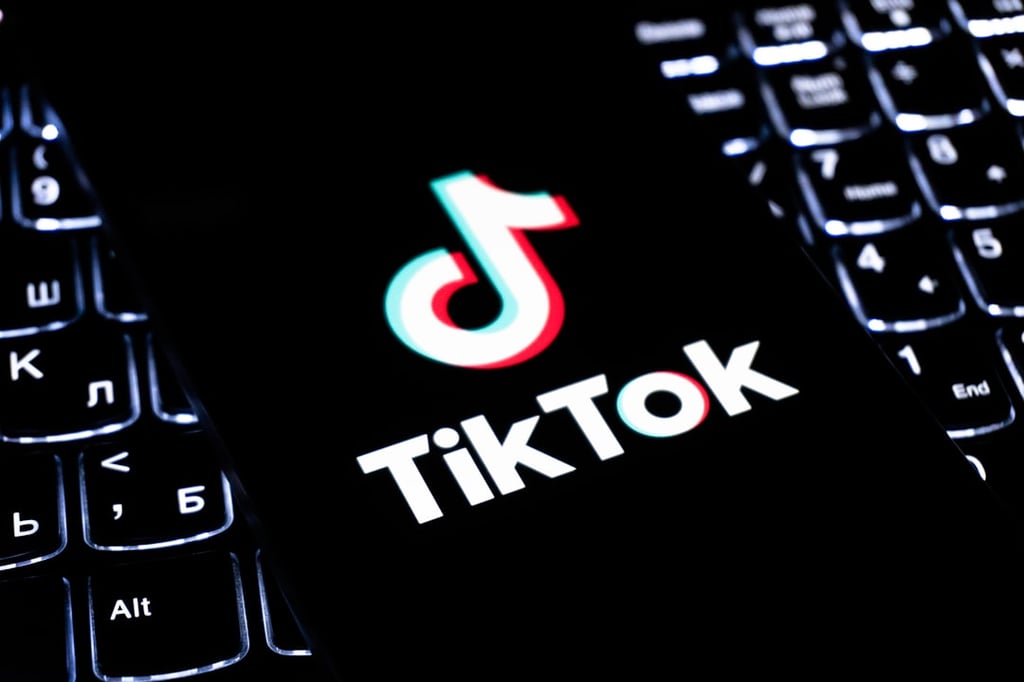SAN FRANCISCO – Good things come in small packages, but sometimes there are just too many. That’s the challenge facing designers of mobile devices and even notebook computers trying to keep up with the multitude of wireless standards and technologies to support it. “We have an exploding number of radio standards to deal with,” said […]
Datamation content and product recommendations are
editorially independent. We may make money when you click on links
to our partners.
Learn More
SAN FRANCISCO – Good things come in small packages, but sometimes there
are just too many. That’s the challenge facing designers of mobile devices
and even notebook computers trying to keep up with the multitude of wireless
standards and technologies to support it.
“We have an exploding number of radio standards to deal with,” said Kevin
Kahn, senior fellow and director of the communications technology lab at
Intel. “There’s Wi-Fi, WiMAX (define), GPS, cellular, Bluetooth,
Ultrawideband (UWB) (define) and a never-ending collection of standards.
And then there’s also an ungodly number of different frequency bands these
things operate at.”
Kahn briefed a small group of reporters here Thursday on some of Intel’s
(Quote) work in the wireless area and the challenges it
faces. It’s not just a case of supporting different wireless technologies,
but making them all work – and fit – in increasing small mobile devices.
Intel and others are working on so-called ultramobile
devices that have the functionality or near-functionality of a PC, but
are small enough to be carried around in your pocket. But Kahn said even
outfitting a standard notebook PC is becoming problematic.
As notebook
designs get thinner and lighter, “there’s amazingly little space” to cram in
multiple pieces of communications hardware and the shielding, even if it’s
only a millimeter thick, to make it all work without interference.
Kahn said if you open a typical PC notebook you’ll find a “very noisy
environment” full of electromagnetic noise and circuits oscillating at high
speeds.
But the real challenge is small devices. “There’s no question Intel
believes in the future of the ‘Internet in your pocket’,” Creative
Strategies analyst Tim Bajarin told internetnews.com. “And the only
way to do that is with a rich, multilayered approach to wireless
connectivity.
“The good news is the way the market and the FCC are driving this next
generation of ubiquitous connectivity which will be around Wi-Fi and WiMAX when
it’s not carrier-based.”
Intel was an early backer of the Wi-Fi wireless standard and its
integration and promotion of that technology is credited with helping to
establish it as standard in notebook PCs. Kahn said Intel continues to work
and invest in the area because traditional PC manufacturers are not well
equipped to integrate these very small components and make them all work.
“The industry and Intel has to sort through this mess and do things like
squeeze antennas into smaller form factors,” said Kahn.
Limiting frequencies or different wireless standards is not a practical
option because it limits the potential market for these mobile devices.
“It’d be a lot easier if we said we don’t like this or that band, but if
folks want it, we have to provide it,” said Kahn.
This article was first published on InternetNews.com. To read the full article, click here.
-
Ethics and Artificial Intelligence: Driving Greater Equality
FEATURE | By James Maguire,
December 16, 2020
-
AI vs. Machine Learning vs. Deep Learning
FEATURE | By Cynthia Harvey,
December 11, 2020
-
Huawei’s AI Update: Things Are Moving Faster Than We Think
FEATURE | By Rob Enderle,
December 04, 2020
-
Keeping Machine Learning Algorithms Honest in the ‘Ethics-First’ Era
ARTIFICIAL INTELLIGENCE | By Guest Author,
November 18, 2020
-
Key Trends in Chatbots and RPA
FEATURE | By Guest Author,
November 10, 2020
-
Top 10 AIOps Companies
FEATURE | By Samuel Greengard,
November 05, 2020
-
What is Text Analysis?
ARTIFICIAL INTELLIGENCE | By Guest Author,
November 02, 2020
-
How Intel’s Work With Autonomous Cars Could Redefine General Purpose AI
ARTIFICIAL INTELLIGENCE | By Rob Enderle,
October 29, 2020
-
Dell Technologies World: Weaving Together Human And Machine Interaction For AI And Robotics
ARTIFICIAL INTELLIGENCE | By Rob Enderle,
October 23, 2020
-
The Super Moderator, or How IBM Project Debater Could Save Social Media
FEATURE | By Rob Enderle,
October 16, 2020
-
Top 10 Chatbot Platforms
FEATURE | By Cynthia Harvey,
October 07, 2020
-
Finding a Career Path in AI
ARTIFICIAL INTELLIGENCE | By Guest Author,
October 05, 2020
-
CIOs Discuss the Promise of AI and Data Science
FEATURE | By Guest Author,
September 25, 2020
-
Microsoft Is Building An AI Product That Could Predict The Future
FEATURE | By Rob Enderle,
September 25, 2020
-
Top 10 Machine Learning Companies 2021
FEATURE | By Cynthia Harvey,
September 22, 2020
-
NVIDIA and ARM: Massively Changing The AI Landscape
ARTIFICIAL INTELLIGENCE | By Rob Enderle,
September 18, 2020
-
Continuous Intelligence: Expert Discussion [Video and Podcast]
ARTIFICIAL INTELLIGENCE | By James Maguire,
September 14, 2020
-
Artificial Intelligence: Governance and Ethics [Video]
ARTIFICIAL INTELLIGENCE | By James Maguire,
September 13, 2020
-
IBM Watson At The US Open: Showcasing The Power Of A Mature Enterprise-Class AI
FEATURE | By Rob Enderle,
September 11, 2020
-
Artificial Intelligence: Perception vs. Reality
FEATURE | By James Maguire,
September 09, 2020
SEE ALL
ARTICLES
David Needle is a veteran technology reporter based in Silicon Valley. He covers mobile, big data, customer experience, and social media, among other topics. He was formerly news editor at Infoworld, editor of Computer Currents and TabTimes, and West Coast bureau chief for both InformationWeek and Internet.com.









